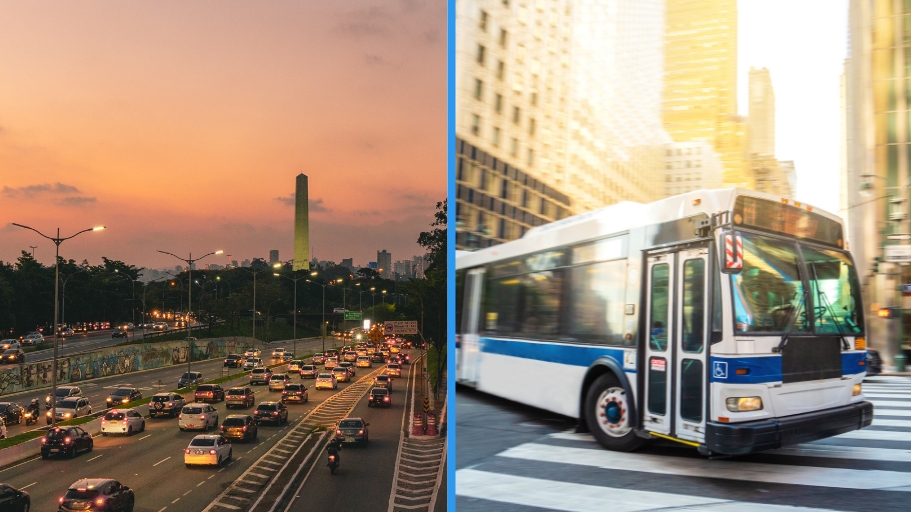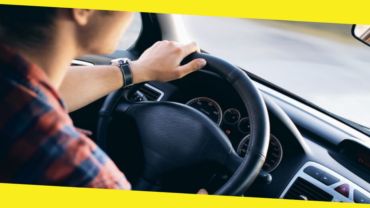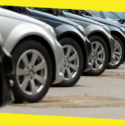The Pros and Cons of Having a Car Versus Public Transportation

The decision to rely on a car or public transportation is a choice that many individuals and families make on a daily basis. Both options come with their own set of advantages and disadvantages, and the choice between them often depends on various factors, including personal preferences, lifestyle, location, and financial considerations. You might have been weighing buying a new car or looking at certified pre-owned vehicles in Newburgh, New York, or whatever city you live in.
In this article, we will explore the pros and cons of having a car versus using public transportation.
Contents
ToggleHaving a Car
Pros:
- Convenience and Flexibility:
- One of the most significant advantages of owning a car is the convenience and flexibility it offers. You have the freedom to travel wherever and whenever you want, without being bound by schedules or routes. Also, you might enjoy taking care of your car and all that that entails.
- Time Savings:
- Car ownership can save time, especially when you’re in a hurry. You don’t have to wait for buses or trains, and you can reach your destination directly.
- Accessibility:
- Having a car allows you to access areas that may be poorly served by public transportation or not accessible at all.
- Comfort and Privacy:
- Car travel provides a level of comfort and privacy that is hard to achieve in public transportation. You can control the temperature, play your preferred music, and avoid crowded spaces.
- Cargo Capacity:
- Cars offer the ability to transport larger loads, such as groceries, furniture, or sports equipment, without the limitations of public transportation.
- Emergency Situations:
- A car can be a lifeline during emergency situations, providing quick access to medical facilities, escape routes during natural disasters, and more.
Cons:
- Costs:
- Car ownership comes with a range of expenses, including the initial purchase price, fuel, maintenance, insurance, parking fees, and potential financing costs. These costs can add up significantly over time.
- Environmental Impact:
- Cars contribute to air pollution and greenhouse gas emissions, impacting the environment and contributing to climate change.
- Traffic and Congestion:
- In many urban areas, traffic congestion can lead to long commute times and increased stress for car owners. Traffic jams are a common source of frustration.
- Parking Challenges:
- Finding parking in crowded areas can be a significant challenge and may lead to additional costs and inconvenience.
- Depreciation:
- Cars lose value over time, and depreciation can result in a financial loss when selling or trading in a vehicle.
Public Transportation
Pros:
- Cost-Efficiency:
- Public transportation is often more cost-effective than owning a car when considering expenses like fares, maintenance, insurance, and fuel.
- Reduced Environmental Impact:
- Public transportation, especially well-planned and efficient systems, can significantly reduce the environmental footprint by decreasing the number of cars on the road and promoting the use of more eco-friendly modes of transportation.
- Reduced Traffic Congestion:
- Public transportation can alleviate traffic congestion, leading to smoother traffic flow and reduced stress for commuters.
- Financial Savings:
- Public transportation users can save money on fuel, maintenance, and parking fees, as well as benefit from reduced wear and tear on personal vehicles.
- Safety:
- Public transportation is generally safer compared to personal vehicles, with lower accident and fatality rates per passenger mile.
Cons:
- Limited Flexibility:
- Public transportation schedules and routes may not always align with an individual’s specific needs, requiring passengers to adhere to fixed timetables.
- Crowding:
- During peak hours, public transportation can become crowded, making the commute less comfortable.
- Waiting Times:
- Waiting for buses, trains, or trams can be time-consuming, especially in adverse weather conditions.
- Lack of Privacy:
- Public transportation is a shared space, meaning you sacrifice some level of privacy and personal space during your commute.
- Accessibility:
- Public transportation may not reach all areas, leaving passengers with limited access to specific locations, especially in rural or less densely populated areas.
- Maintenance and Cleanliness:
- The cleanliness and maintenance of public transportation vehicles and stations can vary, potentially affecting the overall experience.
In conclusion, the choice between having a car and using public transportation depends on various factors, including individual preferences, lifestyle, financial considerations, and location. There are clear advantages and disadvantages to both options. Car ownership offers convenience, flexibility, and comfort but comes with higher costs and environmental impact. Public transportation is more cost-efficient, eco-friendly, and can reduce traffic congestion but may lack flexibility and require adherence to schedules.
The ideal choice for an individual or family may involve a combination of both modes of transportation, depending on specific needs and circumstances. For example, owning a car for weekend getaways and emergencies while using public transportation for daily commuting in a city can provide a balanced solution.
Ultimately, the decision should be based on a careful evaluation of the pros and cons, as well as an understanding of one’s unique priorities and constraints. Regardless of the choice, both options play crucial roles in the overall transportation ecosystem, serving the diverse needs of communities and individuals.
Recommended For You
Eight Things You Need To Know About Auto Insurance
Most Inside
Most Inside offers high-quality recommendations and valuable updates to enhance all aspects of your life, providing premium guidance and enriching experiences.




